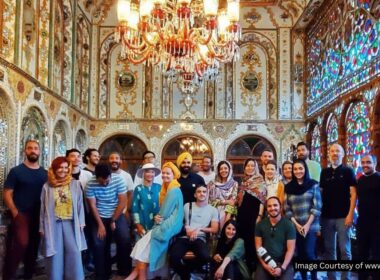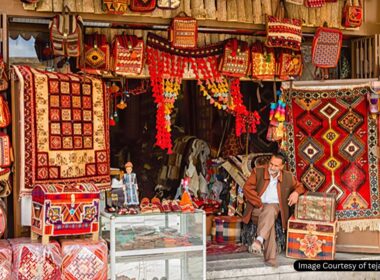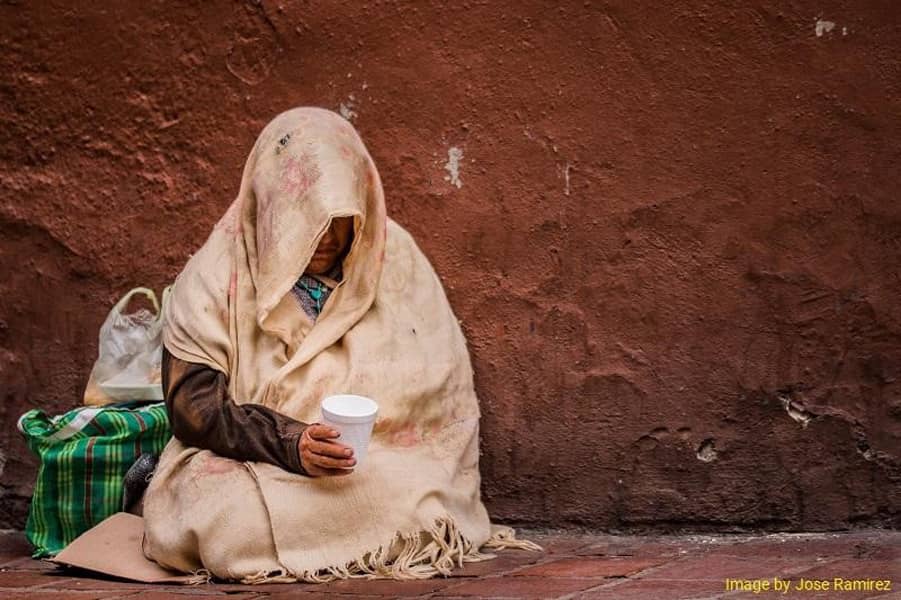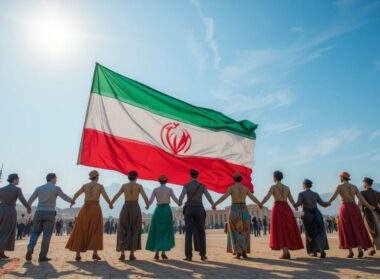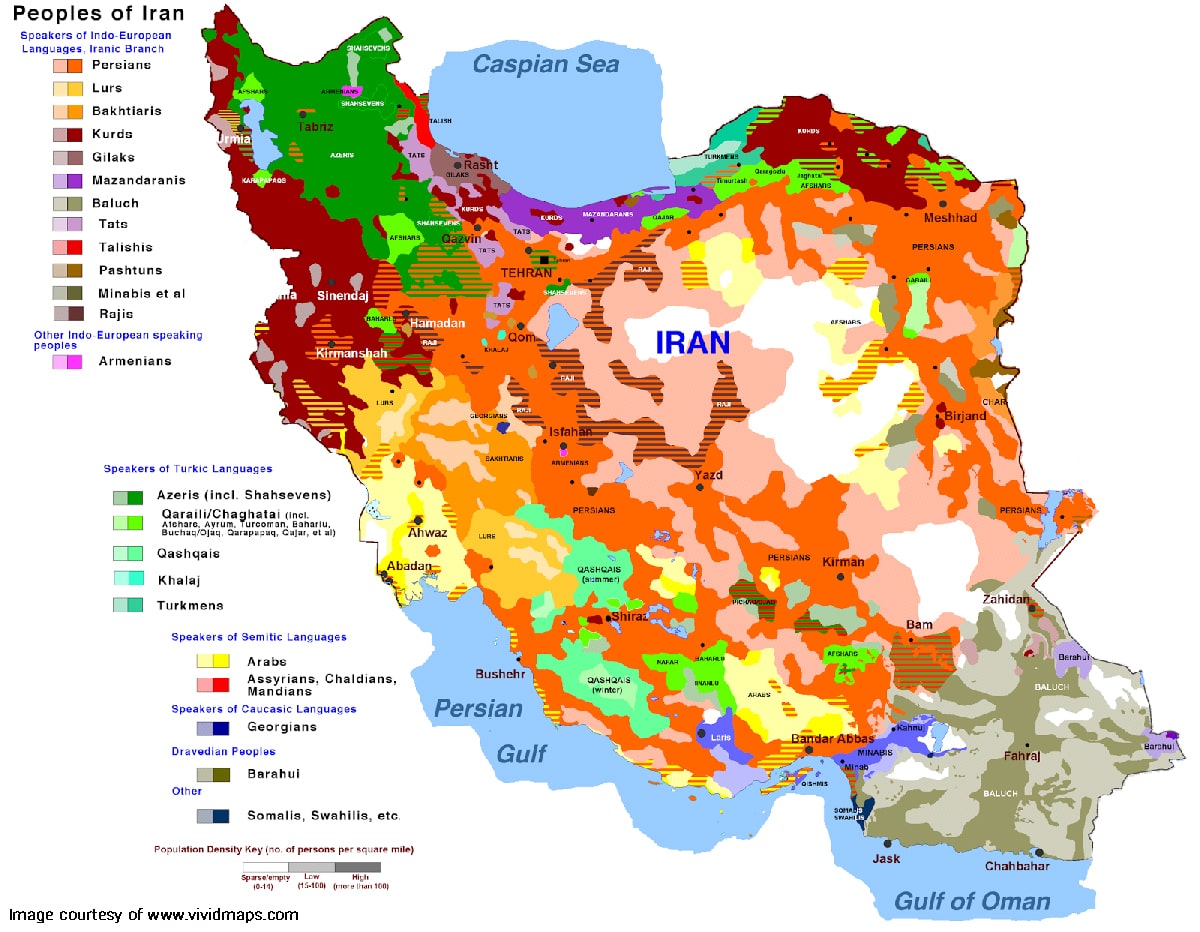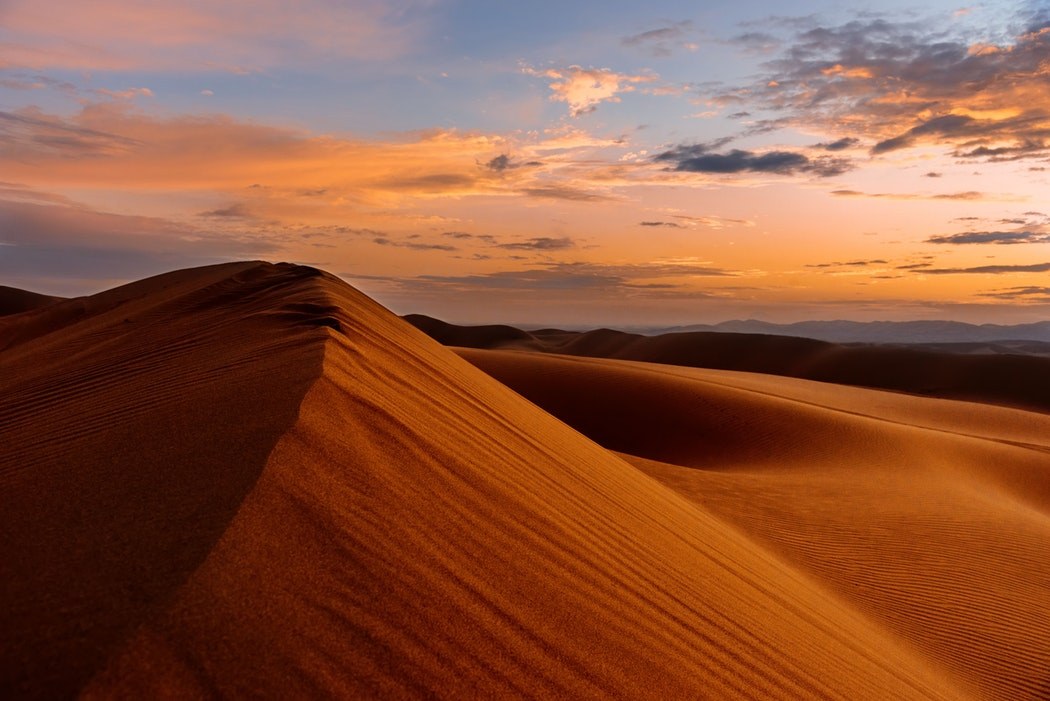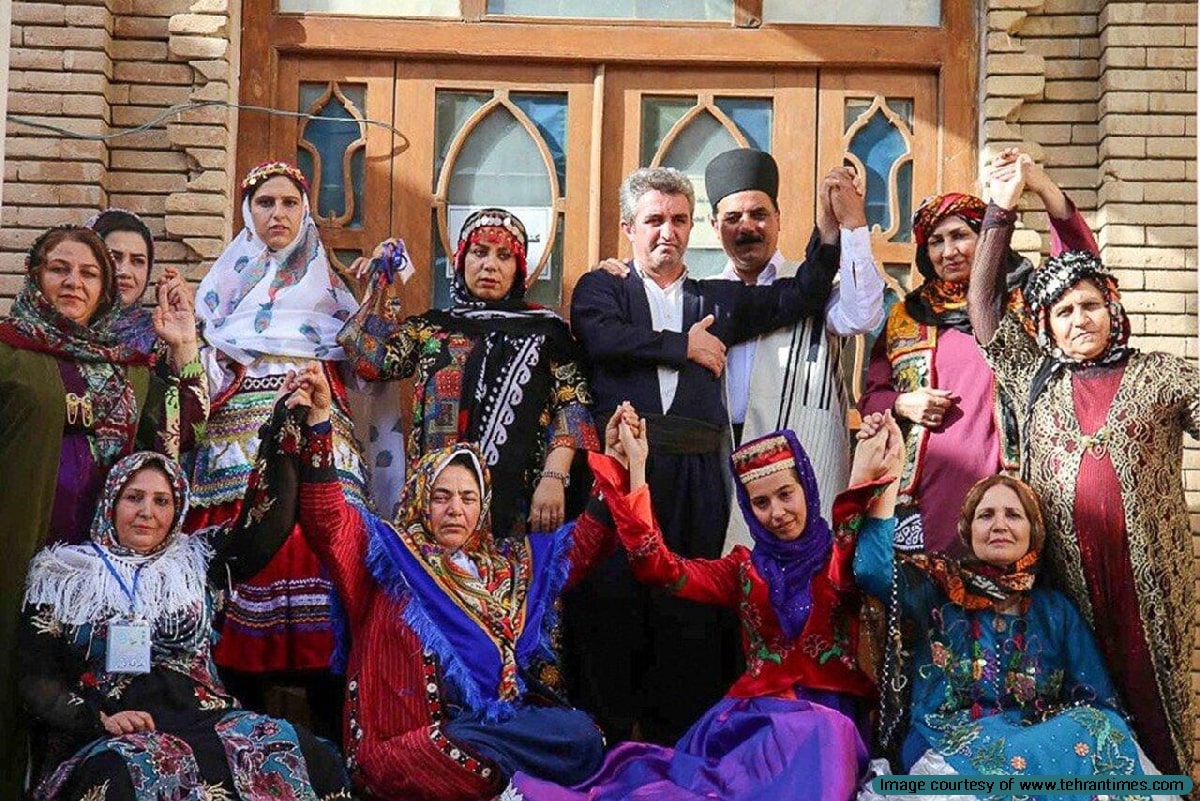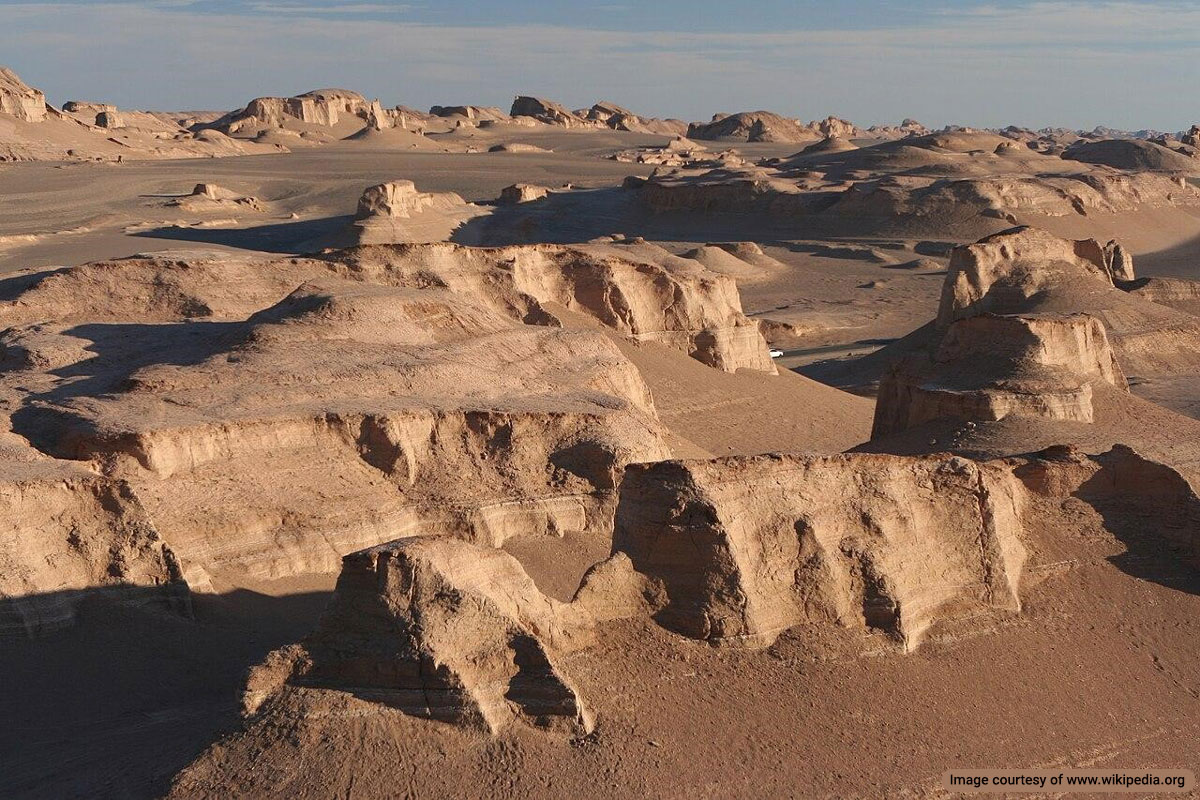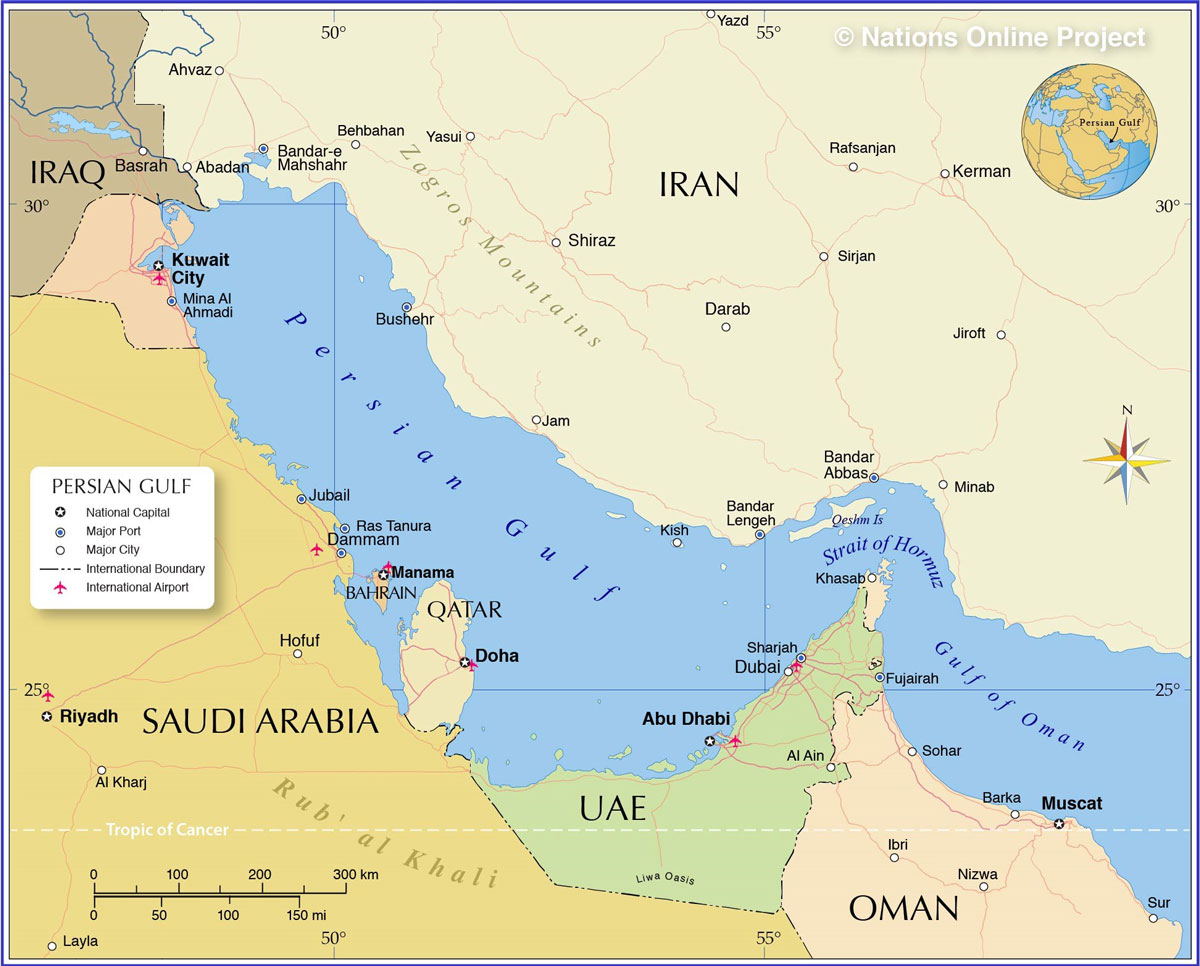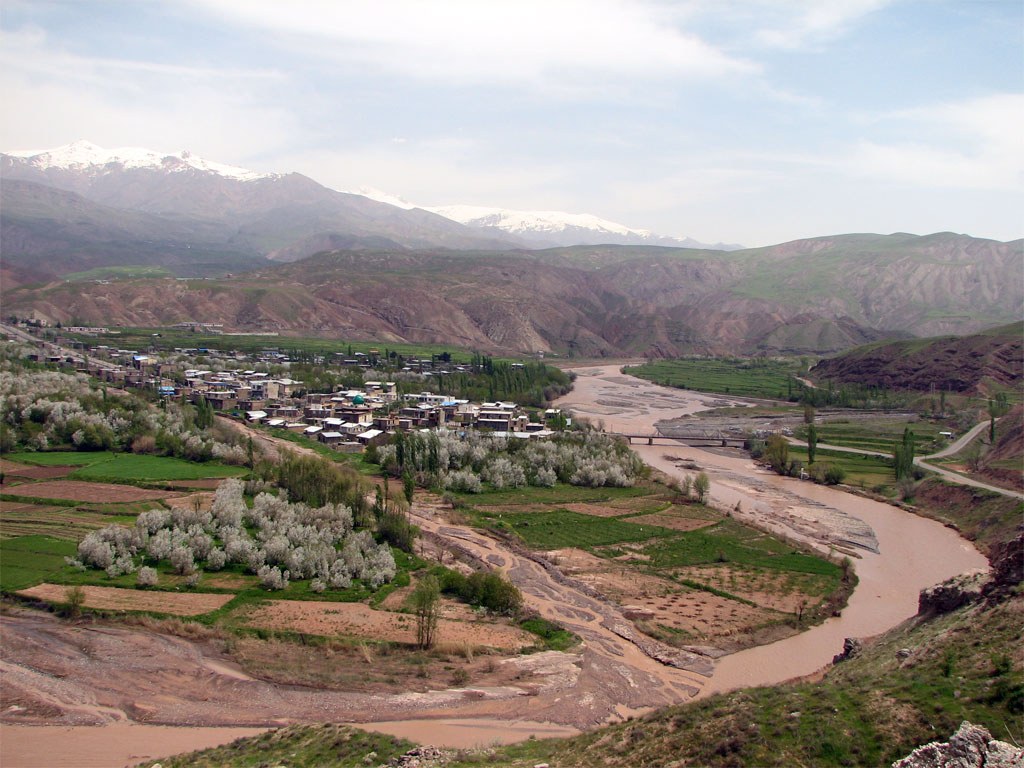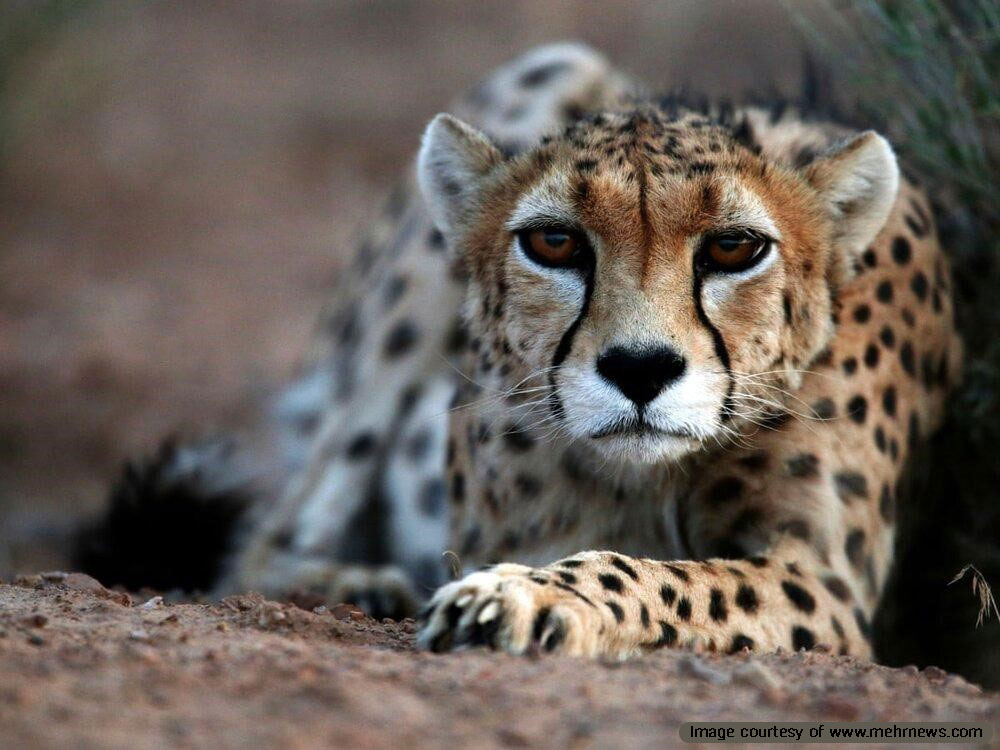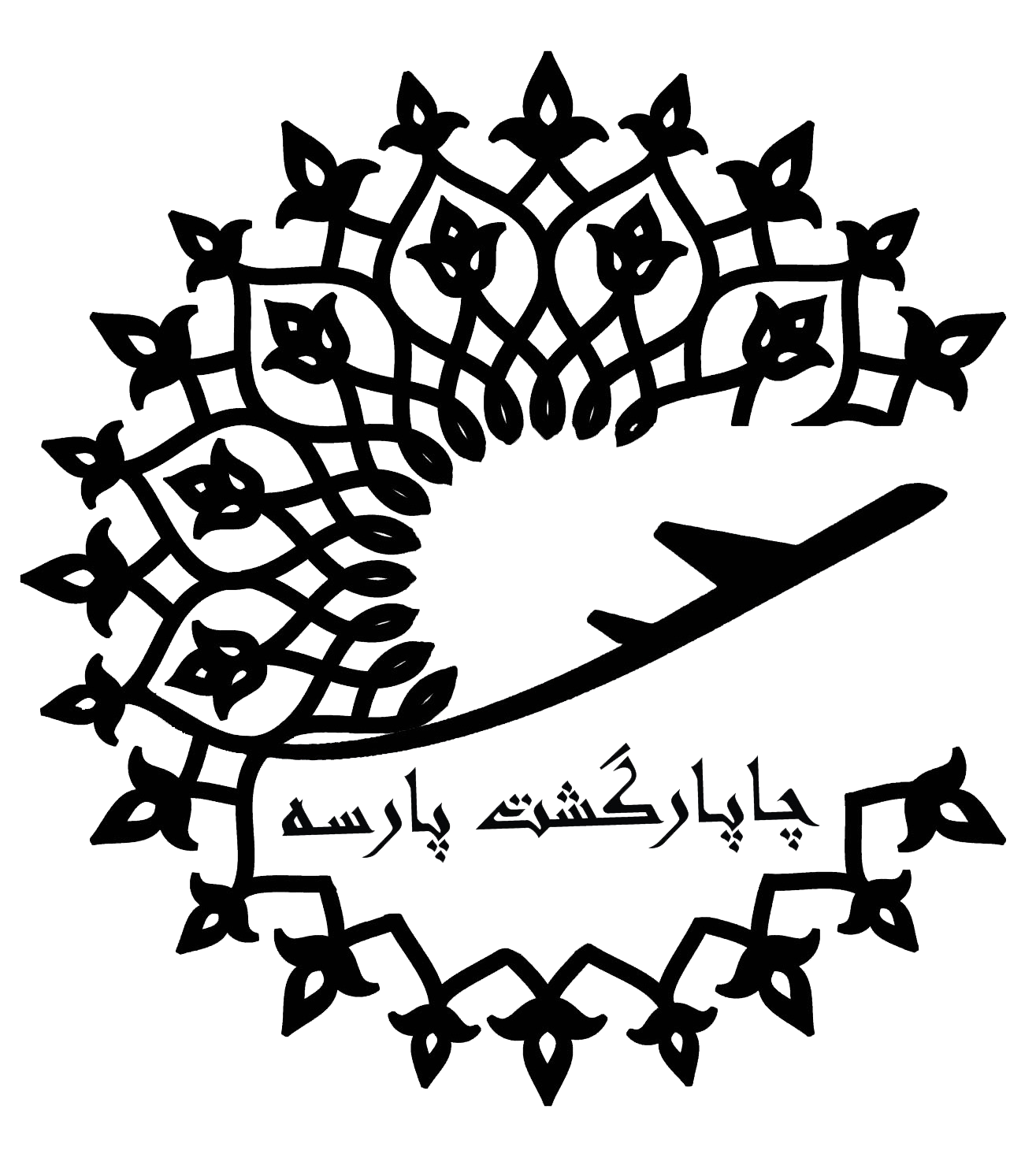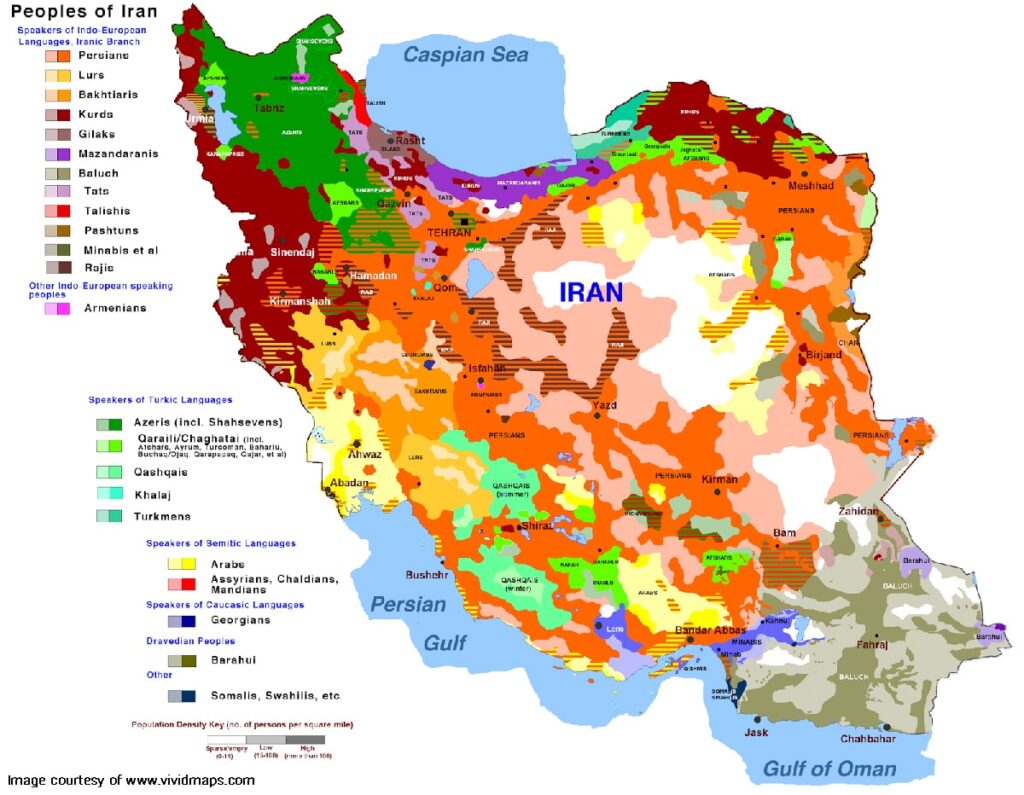
Iran has diverse ethnicities with rich historical, religious, and cultural backgrounds. Each ethnic group is a valuable component of the Iranian national identity, and their unity preserves Iran as a nation. The sum of these major and minor ethnic groups forms the colorful tapestry of Iranian culture. In this blog post, we will present a detailed Iran ethnic map with a brief introduction of major ethnic groups in the country.
Map of Geographical Distribution Major Ethnic Groups in Iran
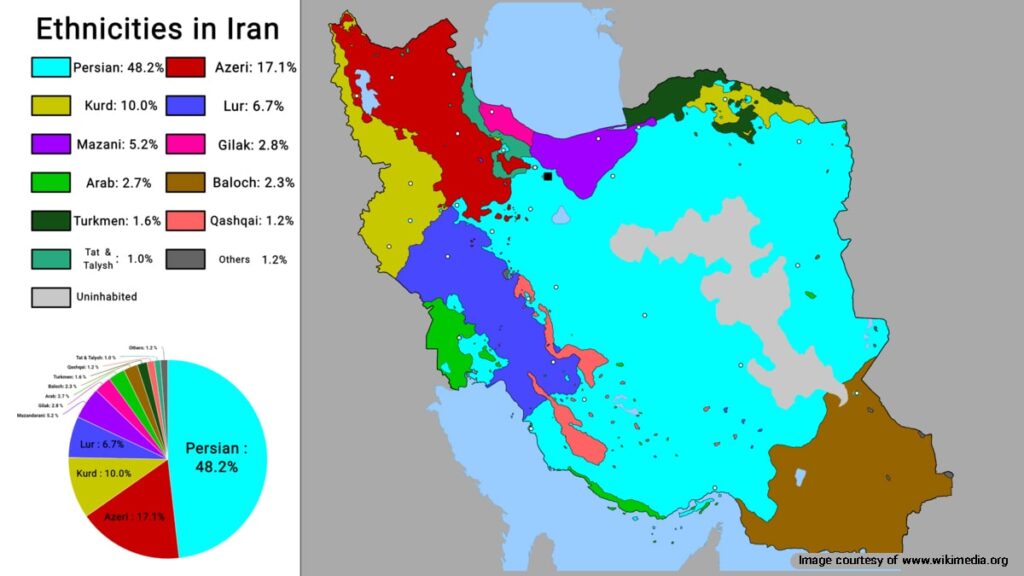
Iran is a country of remarkable ethnic diversity, with a rich tapestry of cultures and traditions. The major ethnic groups in Iran include Persians, Azeris, Kurds, Lurs, Arabs, Baloch, and Turkmen, each contributing to the nation’s cultural mosaic. The main two religions in Iran are Sunni and Shia Islam, the distribution of which is marked in the map below:
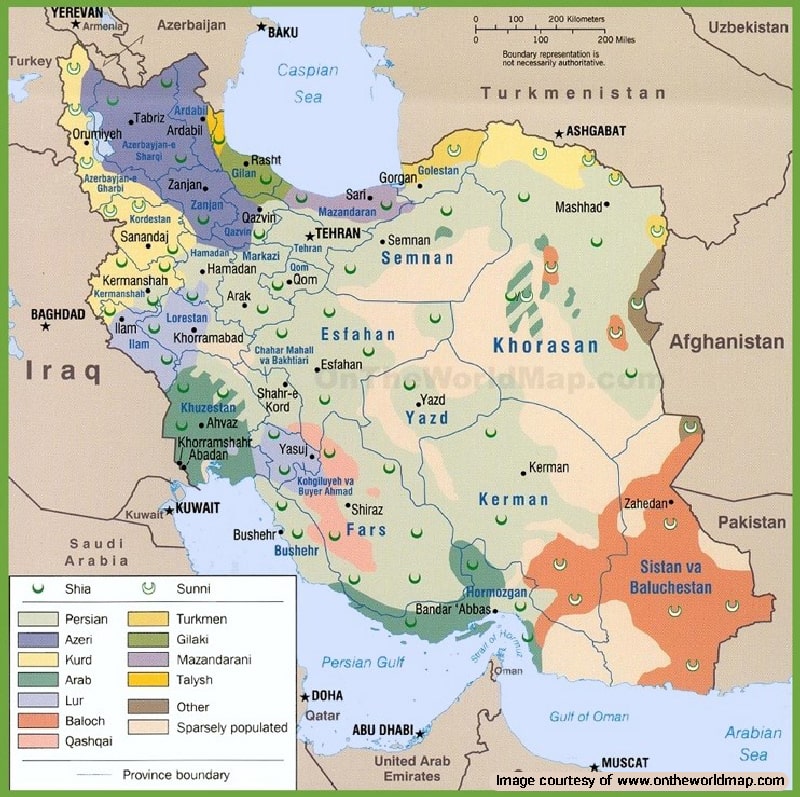
Persians
Persians are the largest ethnic group in Iran, making up about 61% of the population. They primarily reside in the central regions, including the capital city, Tehran. Persian culture, language (Farsi), and traditions form the backbone of Iran’s national identity. The Persian ethnicity is categorized into smaller groups based on their location:
Tehrani Persians
Tehrani Persians are residents of Tehran, the capital city. They are often seen as more cosmopolitan and modern due to the city’s status as the political, economic, and cultural hub of Iran.
Esfahani Persians
Esfahani Persians hail from Esfahan, a city renowned for its historical architecture and cultural heritage. The Esfahani dialect is known for its distinct pronunciation and vocabulary.
Shirazi Persians
Shirazi Persians come from Shiraz, a city known for its poetry, gardens, and wine. The Shirazi dialect has its unique characteristics. Shirazis are celebrated for their rich literary tradition, with famous poets like Hafez and Saadi hailing from this region.
Khorasani Persians
Khorasani Persians are from the Khorasan region in northeastern Iran. The Khorasani dialect has its distinct features. This region has a rich cultural heritage, with a strong tradition of poetry, literature, and religious scholarship.
Yazdi Persians
Yazdi Persians come from Yazd, a city known for its unique desert architecture and Zoroastrian heritage. The Yazdi dialect is distinct, and the region has a rich cultural history, including traditional crafts like silk weaving and confectionery.
Turkic People in Iran
Azeris
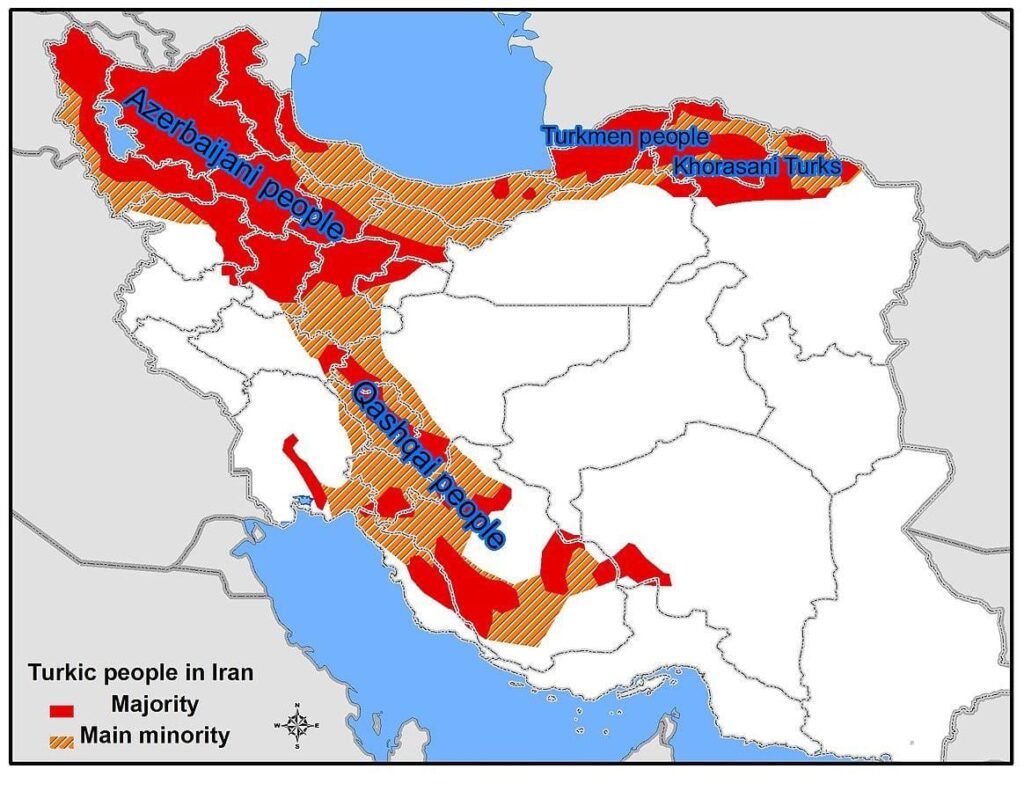
Azeris, the second-largest ethnic group, constitute around 16% of the population. They are predominantly found in the northwest provinces of East Azerbaijan, West Azerbaijan, and Ardabil. Azeris speak a Turkic language and have a rich cultural heritage that blends Iranian and Turkic elements.
The Azeri population in Iran is diverse, with various subgroups that reflect regional, linguistic, and cultural differences. Here are some of the notable subcategories:
Shahsevan
The Shahsevan are a Turkic-speaking nomadic group primarily found in the Ardabil Province. They are known for their traditional lifestyle, which includes pastoralism and seasonal migration. The Shahsevan are also renowned for their intricate carpet weaving, which is a significant part of their cultural heritage.
Qarapapaqs
The Qarapapaqs, also known as Karapapaks, are a smaller Turkic-speaking group within the Azeri population. They are mainly found in the West Azerbaijan Province. The Qarapapaqs have a rich cultural tradition that includes unique folk music and dance.
Ayrums
The Ayrums are another subgroup of the Azeri population, primarily residing in the East Azerbaijan Province. They have a distinct cultural identity, with traditions and customs that have been preserved over generations. The Ayrums are known for their agricultural practices and local crafts.
Bayat
The Bayat are a historically significant Turkic tribe within the Azeri population. They are spread across various regions, including East Azerbaijan and Zanjan. The Bayat have a rich oral tradition, with many folk tales and legends that are an integral part of their cultural heritage.
Qajars
The Qajars are a prominent Turkic-speaking group with historical significance, as the Qajar dynasty ruled Iran from the late 18th to the early 20th century. They are primarily found in the Tehran and Qazvin regions. The Qajars have a rich cultural legacy, including contributions to Persian art, architecture, and literature.
Qaradaghis
The Qaradaghis are a subgroup of the Azeri population residing in the Qaradagh (Arasbaran) region of East Azerbaijan. They are known for their distinct dialect and cultural practices. The Qaradaghis have a strong tradition of music and poetry, which plays a central role in their cultural identity.
Gharagozloo
The Gharagozloo is a smaller Turkic-speaking group within the Azeri population, primarily found in the Hamadan and Markazi provinces. They have a unique cultural identity, with traditions that include folk music, dance, and local crafts.
Afshar
The Afshar are a Turkic-speaking group primarily found in the northwestern regions of Iran. They have a distinct cultural identity, with traditions that include folk music, dance, and traditional crafts.
Turkmen
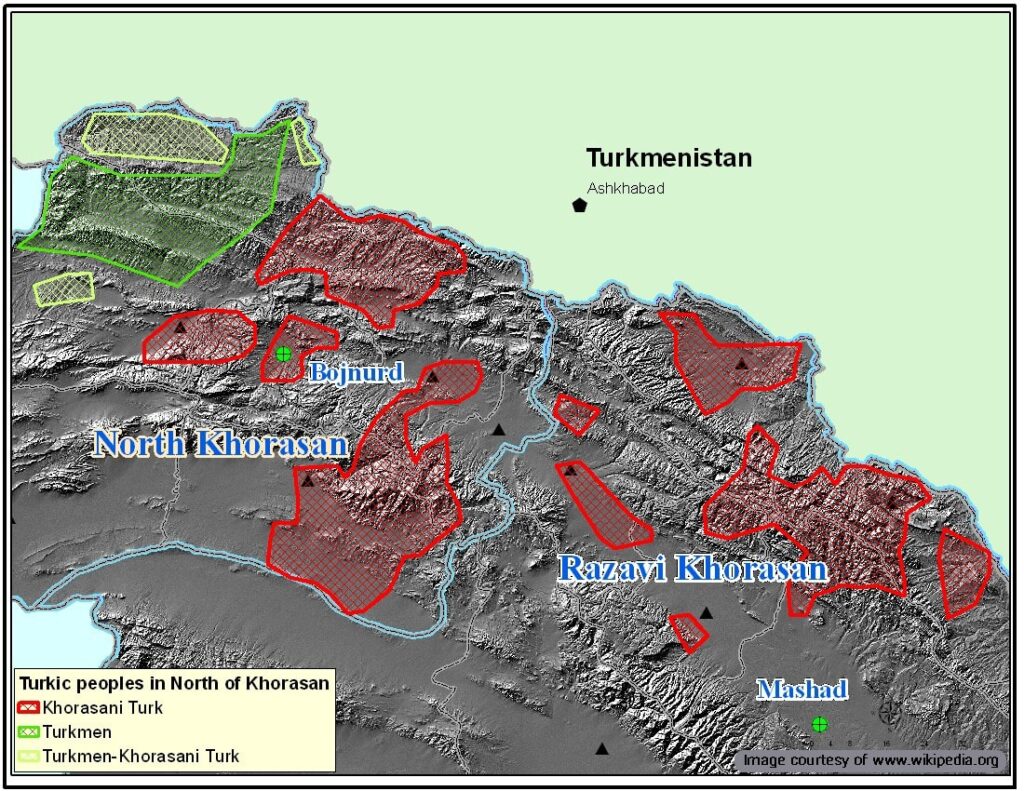
Turkmen constitute around 2% of the population of Iran. They speak Turkmen and maintain a nomadic heritage, with cultural practices that reflect their Central Asian roots.
The Turkmen population in Iran is primarily concentrated in the northern and northeastern regions, particularly in Golestan, Razavi Khorasan, and North Khorasan provinces. Here are some notable subcategories:
Yomut
The Yomut Turkmen are one of the largest and most prominent Turkmen tribes in Iran. They primarily reside in the Golestan Province, particularly around the city of Gonbad-e Kavus. The Yomut are known for their semi-nomadic lifestyle, traditional carpet weaving, and vibrant cultural practices. Their dialect of Turkmen has unique linguistic features that distinguish it from other Turkmen dialects.
Goklen
The Goklen Turkmen are another significant subgroup, mainly found in the Golestan Province. They have a rich cultural heritage that includes traditional music, dance, and crafts. The Goklen are known for their agricultural practices, particularly in the cultivation of wheat and barley. Their dialect and cultural practices reflect a blend of Turkmen and Persian influences.
Teke
The Teke Turkmen are a smaller subgroup within the Turkmen population in Iran, primarily residing in the northeastern regions. They have a distinct cultural identity, with traditions that include folk music, dance, and traditional crafts. The Teke are known for their strong tribal affiliations and cultural resilience, maintaining many of their traditional practices despite modern influences.
Salar
The Salar Turkmen are a lesser-known subgroup found in various parts of northern Iran. They have a unique cultural identity, with traditions that include traditional music, dance, and crafts. The Salar are known for their pastoral lifestyle and strong community ties.
Saryk
The Saryk Turkmen are a smaller subgroup primarily found in the northeastern regions of Iran. They have a rich cultural heritage that includes traditional music, dance, and crafts. The Saryk are known for their strong tribal affiliations and cultural resilience, maintaining many of their traditional practices.
Kurds
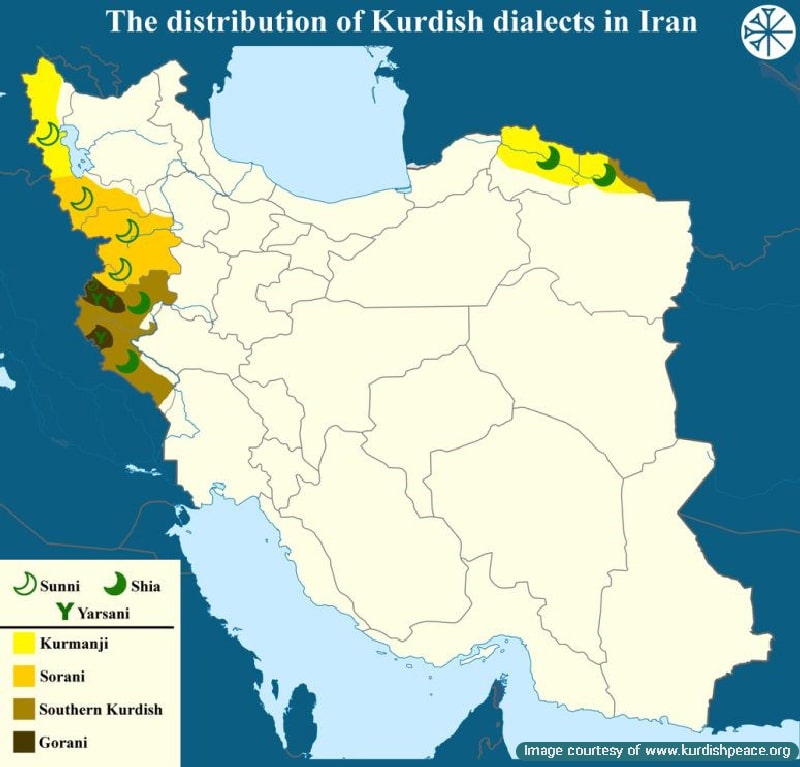
Kurds make up approximately 10% of Iran’s population and are mainly located in the western provinces of Kurdistan, Kermanshah, and parts of West Azerbaijan. Kurdish culture is distinct, with its language, traditions, and a strong sense of identity.
The Kurdish population in Iran is diverse, with various subgroups that reflect regional, linguistic, and cultural differences. Here are some notable subcategories:
Kurmanji Kurds
The Kurmanji Kurds are primarily found in the northern parts of Iranian Kurdistan, including the West Azerbaijan Province. They speak the Kurmanji dialect of Kurdish, which is also spoken by Kurds in Turkey and Syria. The Kurmanji culture is rich in traditional music, dance, and folklore, with a strong emphasis on community and tribal affiliations.
Sorani Kurds
Sorani Kurds inhabit the central regions of Iranian Kurdistan, particularly in the Kurdistan and Kermanshah provinces. They speak the Sorani dialect, which is also used by Kurds in Iraq. Sorani Kurds have a vibrant cultural heritage that includes literature, music, and dance. The Sorani dialect is often used in Kurdish media and literature.
Feyli Kurds
Feyli Kurds are primarily located in the Ilam and Kermanshah provinces. They speak a dialect that is a mix of Kurdish and Luri. The Feyli Kurds are predominantly Shia Muslims and have a distinct cultural identity that includes unique traditions, music, and festivals. They have historically faced challenges due to their religious and ethnic identity.
Lak Kurds
The Lak Kurds are found in the Lorestan and Ilam provinces. They speak the Lak dialect, which has significant influences from both Kurdish and Luri languages. The Lak Kurds have a rich cultural heritage, with traditional music, dance, and crafts playing central roles in their community life. They are known for their strong tribal affiliations and pastoral lifestyle.
Gorani Kurds
Gorani Kurds are primarily located in the Kermanshah Province. They speak the Gorani dialect, which is distinct from other Kurdish dialects and has its unique linguistic features. The Gorani culture is rich in oral traditions, poetry, and religious practices. Many Gorani Kurds follow the Yarsanism faith, which has its unique rituals and beliefs.
Shikaki Kurds
The Shikaki Kurds are a smaller subgroup found in the West Azerbaijan Province. They speak a dialect of Kurdish that is closely related to Kurmanji. The Shikaki Kurds have a strong tribal structure and are known for their traditional music, dance, and crafts. They have a rich oral tradition that includes epic tales and folklore.
Lurs
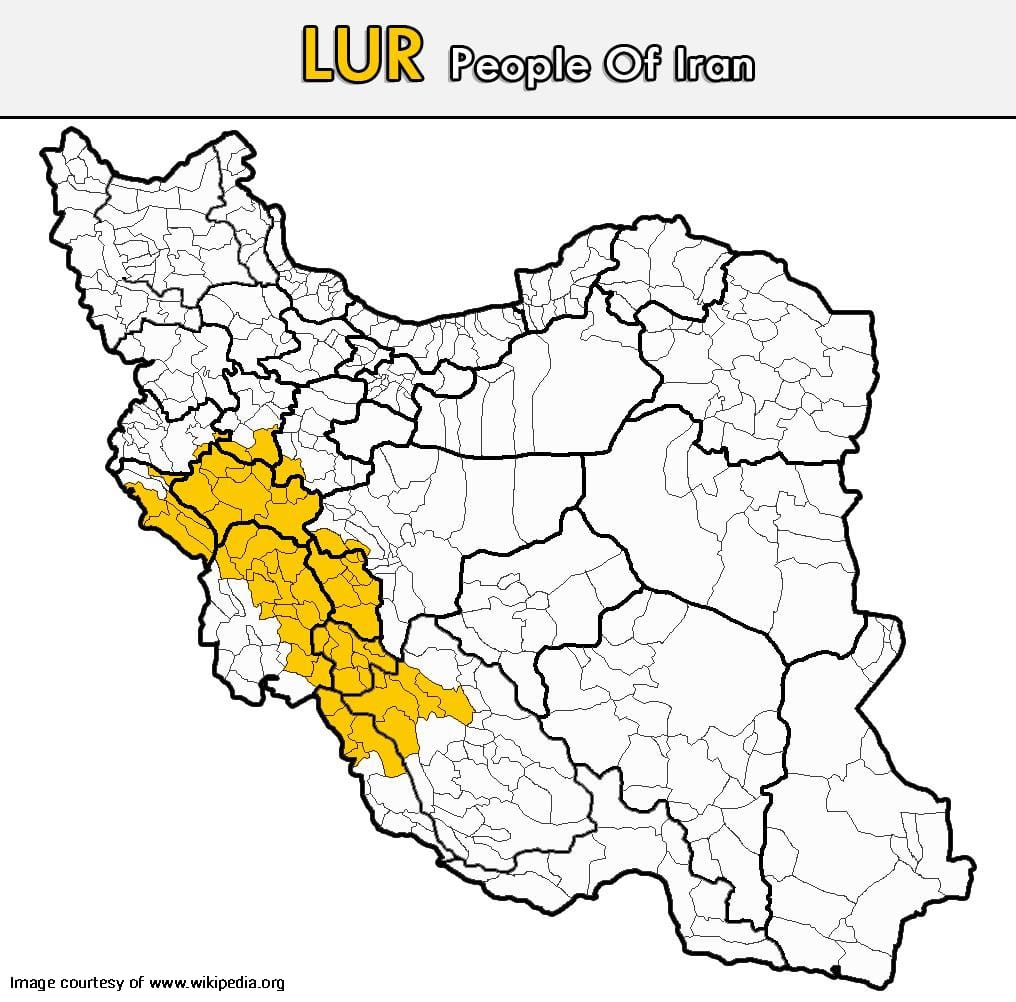
Lurs account for about 6% of the population and inhabit the western and southwestern regions, particularly in the provinces of Lorestan, Ilam, and parts of Khuzestan. They speak the Luri language and have a vibrant cultural heritage rooted in their mountainous homeland.
The Lur people, native to the western regions of Iran, are divided into several subgroups, each with its unique cultural and linguistic characteristics. Here are some notable subcategories:
Bakhtiari
The Bakhtiari are one of the most prominent Lur subgroups, primarily residing in the Chaharmahal and Bakhtiari Province, as well as parts of Khuzestan and Lorestan. They speak the Bakhtiari dialect, which is mutually intelligible with Luri. The Bakhtiari are known for their semi-nomadic lifestyle, traditional music, and the annual migration known as “Kooch.” Their culture is rich in folklore, and they are famous for their hospitality and traditional clothing.
Mamasani
The Mamasani Lurs are found mainly in the Fars Province. They speak a dialect of Luri that has unique features distinguishing it from other Luri dialects. The Mamasani are known for their agricultural practices, particularly in the cultivation of wheat and barley. They have a strong tradition of music and dance, with instruments like the “Sorna” and “Dohol” playing central roles in their cultural celebrations.
Kohgiluyeh and Boyer-Ahmad
This subgroup resides in the Kohgiluyeh and Boyer-Ahmad Province. They speak the Southern Luri dialect, which has distinct linguistic features. The people of this region are known for their pastoral lifestyle, traditional crafts, and vibrant cultural festivals. The Kohgiluyeh and Boyer-Ahmad Lurs have a rich tradition of storytelling and poetry, which is an integral part of their cultural heritage.
Lur Proper
The Lur Proper, or simply Lurs, primarily inhabit the Lorestan Province. They speak the Northern Luri dialect, which is closely related to Persian. The Lur Proper are known for their agricultural practices, particularly in the cultivation of rice and wheat. Their culture includes traditional music, dance, and crafts, with a strong emphasis on family and community ties.
Feyli
The Feyli Lurs are found in the border regions between Iran and Iraq, particularly in the Ilam Province. They speak the Feyli dialect, which has significant Kurdish influences. The Feyli Lurs have a rich cultural heritage that includes traditional music, dance, and crafts. They are known for their resilience and a strong sense of community, having maintained their cultural identity despite historical challenges.
Arabs
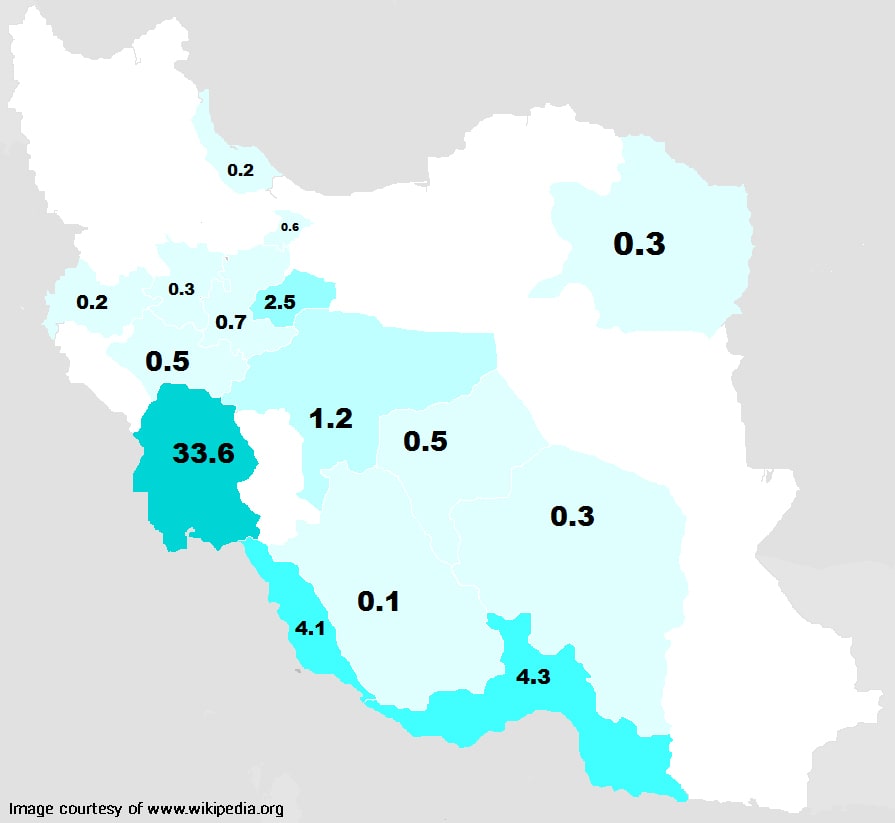
Iranian Arabs, comprising around 2% of the population, are primarily found in the southwestern province of Khuzestan. They speak Arabic and have a cultural affinity with the broader Arab world, while also being integrated into the Iranian national fabric.
The Arab population in Iran is primarily concentrated in the southwestern province of Khuzestan, with smaller communities in other regions. Here are some notable subcategories:
Ahwazi Arabs
Ahwazi Arabs are the largest Arab subgroup in Iran, primarily residing in Khuzestan Province. They speak Khuzestani Arabic, which has unique linguistic features influenced by Persian. The Ahwazi Arabs have a rich cultural heritage, including traditional music, dance, and poetry. They celebrate various local festivals and have a strong sense of community and tribal affiliations.
Khorasani Arabs
Khorasani Arabs are a smaller subgroup found in the northeastern province of Khorasan. They speak Khorasani Arabic, which has distinct dialectal variations. The Khorasani Arabs have a unique cultural identity, with traditions that include folk music, dance, and local crafts. They are known for their hospitality and strong community ties.
Huwala Arabs
The Huwala Arabs are a group of Arab merchants and traders who settled along the southern coast of Iran, particularly in the Hormozgan and Bushehr provinces. They speak Gulf Arabic and have a cultural affinity with the broader Arab world. The Huwala Arabs are known for their maritime traditions, trade, and commerce, as well as their unique cultural practices.
Khamseh Arabs
The Khamseh Arabs are a nomadic group found in the Fars Province. They speak a dialect of Arabic that has been influenced by Persian and other local languages. The Khamseh Arabs have a rich tradition of pastoralism, traditional music, and dance. They are known for their strong tribal structure and cultural resilience.
Baloch
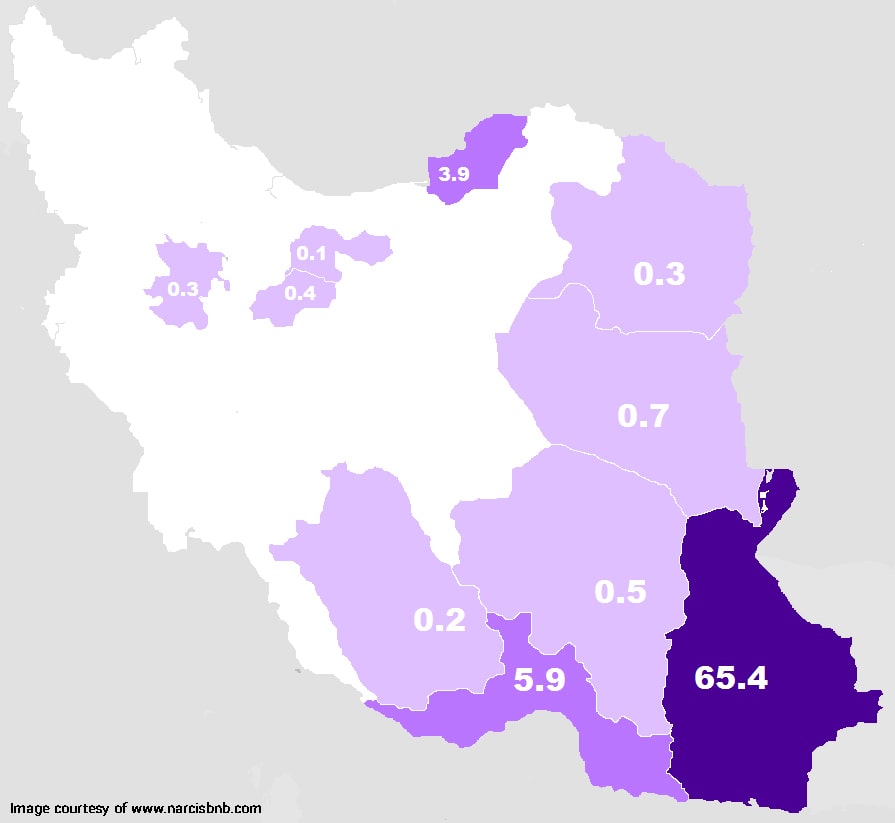
The Baloch people, making up about 2% of the population, live in the southeastern province of Sistan and Baluchestan. They speak Balochi and have a distinct cultural identity influenced by their historical ties to the broader Baloch region spanning Iran, Pakistan, and Afghanistan.
They have several subgroups, each with unique cultural and linguistic characteristics. Here are some notable subcategories:
Makrani Baluch
The Makrani Baluch are found in the coastal regions of Sistan and Baluchestan, particularly in cities like Chabahar and Iranshahr. They speak the Makrani dialect of Balochi, which has distinct linguistic features. The Makrani Baluch are known for their maritime traditions, fishing, and trade. Their culture includes traditional music, dance, and crafts.
Sarhadi Baluch
The Sarhadi Baluch reside in the mountainous regions of Sistan and Baluchestan, including cities like Zahedan and Khash. They speak the Sarhadi dialect of Balochi, which has unique linguistic characteristics. The Sarhadi Baluch have a strong tradition of pastoralism, traditional crafts, and a rich oral heritage that includes epic poetry and folklore.
Rakhshani Baluch
The Rakhshani Baluch are found in the northern parts of Sistan and Baluchestan, as well as in neighboring regions. They speak the Rakhshani dialect of Balochi, which is widely understood among the Baluch people. The Rakhshani Baluch has a vibrant cultural heritage that includes traditional music, dance, and crafts. They are known for their strong tribal affiliations and cultural resilience.
Lashari Baluch
The Lashari Baluch are a smaller subgroup found in various parts of Sistan and Baluchestan. They speak a dialect of Balochi that has unique features. The Lashari Baluch has a rich cultural tradition that includes traditional music, dance, and crafts. They are known for their strong sense of community and cultural identity.
Gilaki
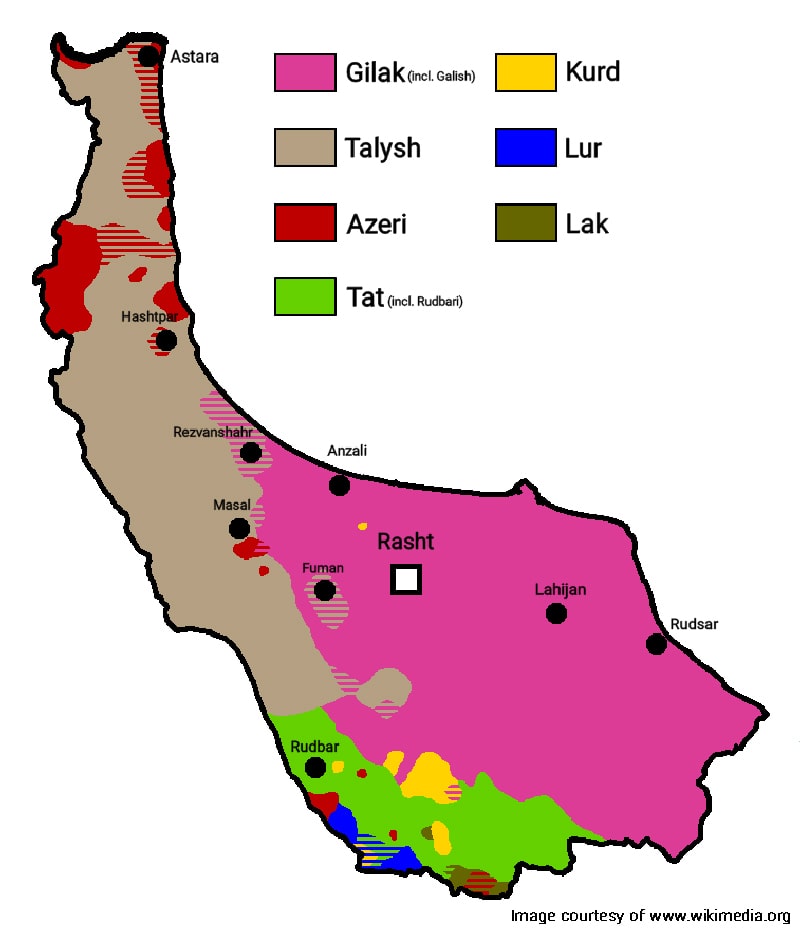
The Gilaki people are an ethnic group native to the Gilan Province along the Caspian Sea. The Gilaki population speaks the Gilaki language, which belongs to the Northwestern Iranian languages. It has several dialects, including Western Gilaki and Eastern Gilaki, each with unique linguistic features.
The Gilaki people, native to the Gilan Province, have various subgroups that reflect regional and cultural differences. Here are some notable subcategories:
Rashti
Rashti Gilakis is from Rasht, the capital of Gilan Province. They are known for their unique dialect and vibrant cultural practices. Rasht is famous for its culinary traditions, including dishes like “Mirza Ghasemi” and “Fesenjan.” The city is also a cultural hub, with a rich tradition of music, dance, and festivals.
Lahijani
Lahijani Gilakis hails from Lahijan, a city known for its tea plantations and beautiful landscapes. The Lahijani dialect has distinct features that set it apart from other Gilaki dialects. Lahijan is also famous for its traditional sweets, such as “Nan-e Berenji” (rice cookies) and “Koloocheh” (stuffed cookies).
Taleshi
The Taleshi people are a subgroup of the Gilaki ethnicity, residing in the western part of Gilan Province and parts of Ardabil Province. They speak the Talysh language, which is closely related to Gilaki. The Taleshi culture is rich in folklore, traditional music, and dance, with a strong emphasis on pastoral and agricultural lifestyles.
Mazandarani
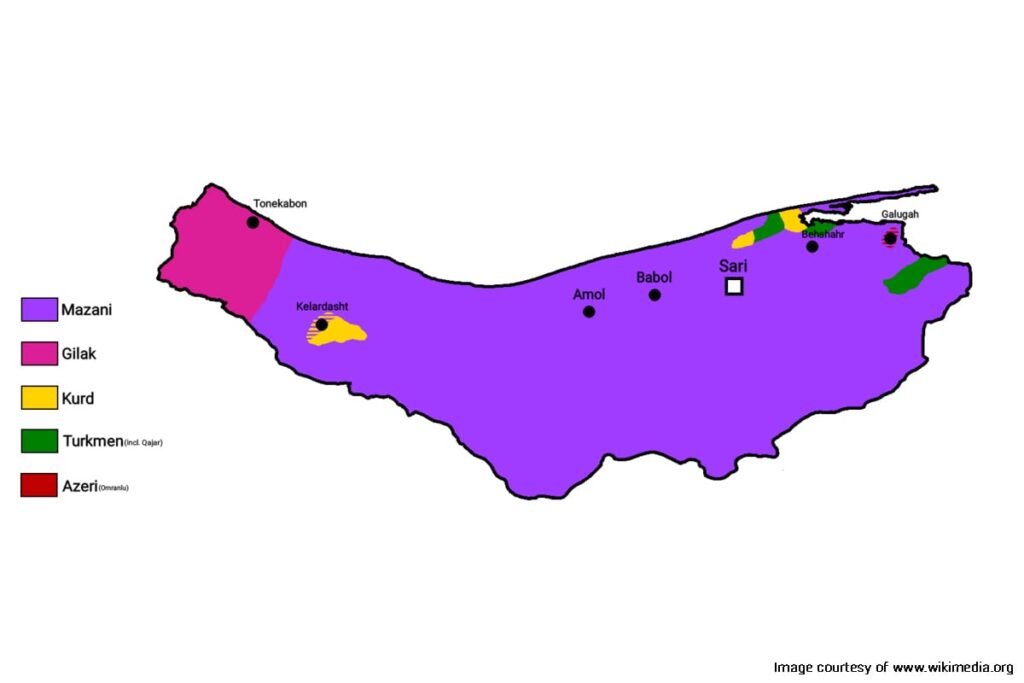
The Mazandarani people are an ethnic group native to the Mazandaran Province, also located along the Caspian Sea. They have a rich cultural heritage and a distinct language that sets them apart from other ethnic groups in Iran. Mazandaranis speak the Mazandarani language, which is part of the Northwestern Iranian languages. It has several dialects, including Western Mazandarani and Eastern Mazandarani.
Mazandarani culture is closely connected to the region’s lush landscapes and agricultural practices. The people are known for their expertise in rice farming, citrus cultivation, and animal husbandry. Traditional music and dance are integral to Mazandarani culture, with instruments like the “Sorna” (a type of oboe) and “Dohol” (a type of drum) being commonly used.
Amoli
Amoli Mazandaranis are from Amol, a city known for its historical significance and natural beauty. The Amoli dialect has unique linguistic features. Amol is famous for its traditional crafts, including pottery and carpet weaving, as well as its local cuisine, featuring dishes like “Kabab Torsh” and “Naz Khatoon.”
Baboli
Baboli Mazandaranis hail from Babol, a city known for its lush landscapes and agricultural productivity. The Baboli dialect is distinct within the Mazandarani language. Babol is renowned for its citrus orchards and rice paddies, and the local culture includes vibrant music and dance traditions.
Sari’i
Sari’i Mazandaranis are from Sari, the capital of Mazandaran Province. The Sari’i dialect has its unique characteristics. Sari is a cultural and economic center, with a rich history and numerous traditional festivals. The city is also known for its beautiful gardens and historical sites.
Other Ethnic Groups in Iran
Iran is home to a diverse array of ethnic groups, each contributing to the rich cultural tapestry of the nation. Here are some of the notable ethnic groups in Iran, including those mentioned in the detailed map from Vivid Maps:
Tats
The Tats are an Iranian ethnic group primarily found in the northern regions of Iran, particularly in the provinces of Qazvin, Zanjan, and East Azerbaijan. They speak the Tati language, which is closely related to Persian. The Tats have a rich cultural heritage, including traditional music, dance, and crafts.
Pashtuns
Pashtuns, also known as Pathans, are a smaller ethnic group in Iran, primarily residing in the southeastern regions near the border with Afghanistan and Pakistan. They speak Pashto and have a distinct cultural identity that includes traditional music, dance, and a strong tribal structure.
Armenians
Armenians are one of the oldest ethnic groups in Iran, with a significant population in cities like Tehran, Isfahan, and Tabriz. They speak Armenian and have a rich cultural heritage that includes unique traditions, music, dance, and cuisine. The Armenian community in Iran is known for its contributions to art, architecture, and commerce.
Khalaj
The Khalaj people are a Turkic-speaking ethnic group primarily found in the central regions of Iran, particularly in the Markazi Province. They speak the Khalaj language, which has unique linguistic features. The Khalajs have a rich cultural heritage that includes traditional music, dance, and crafts.
Assyrians
Assyrians are a Christian ethnic group primarily found in the western regions of Iran, particularly in the provinces of West Azerbaijan and Tehran. They speak Assyrian Neo-Aramaic and have a rich cultural heritage that includes unique religious traditions, music, and dance.
Georgians
Georgians are a smaller ethnic group in Iran, primarily residing in the northern regions. They speak Georgian and have a distinct cultural identity that includes traditional music, dance, and crafts. The Georgian community in Iran has a long history and has contributed to the cultural diversity of the nation.
Circassians
Circassians are an ethnic group primarily found in the northern regions of Iran. They speak Circassian and have a rich cultural heritage that includes traditional music, dance, and crafts. The Circassian community in Iran has a strong sense of cultural identity and has maintained many of its traditional practices.
Mandaeans
Mandaeans are a small religious and ethnic group primarily found in the southwestern regions of Iran, particularly in Khuzestan Province. They speak Mandaic and have a unique religious tradition that includes rituals and practices distinct from other religious groups in Iran.
Brahuis
The Brahuis are an ethnic group primarily found in the southeastern regions of Iran, particularly in Sistan and Baluchestan Province. They speak Brahui, a Dravidian language, and have a distinct cultural identity that includes traditional music, dance, and crafts.
Zaza
The Zaza people are a smaller ethnic group primarily found in the western regions of Iran. They speak the Zaza language, which is closely related to Kurdish. The Zazas have a rich cultural heritage that includes traditional music, dance, and crafts.
Jews
The Jewish community in Iran is one of the oldest in the world, with a significant population in cities like Tehran, Isfahan, and Shiraz. They have a rich cultural and religious heritage, including unique traditions, music, and cuisine.
Learn More About Ethnic Groups in Iran
These ethnic groups, along with the major ones previously discussed, contribute to the rich and diverse cultural landscape of Iran. Understanding the diversity of these groups provides a deeper appreciation of the complex social fabric that defines Iran. Destination Iran has prepared this post to introduce the major and minor ethnic groups in Iran to our readers.


